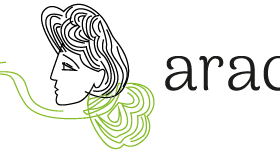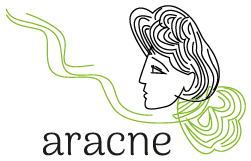A network of knowledge, people, and projects
Villa Filanda Antonini (VFA) welcomes artists and researchers from all over the world and from different disciplines. VFA's mission is to establish a network of knowledge, people, and projects that explore the landscape of northeastern Italy, investigating its material and immaterial qualities and revealing its social and cultural implications. Niinikoski's project fits consistently into the curatorial line of residencies, showing both a focus on the use of local materials and a close look at their semantic and historical significance, of which the materials are carriers. ‘Automata’ is a sound installation that senses and responds to changes in its acoustic environment while interacting with the sounds produced by visitors. Inside the former silk factory, Niinikoski built a total of 20 speakers, starting from the coil, combining copper wire and magnets with natural fibers and basket-weaving techniques. The installation evokes a mechanical garden, a constellation of sound devices, some of which recall the shape of sunflowers, while others are reminiscent of silk cocoons.
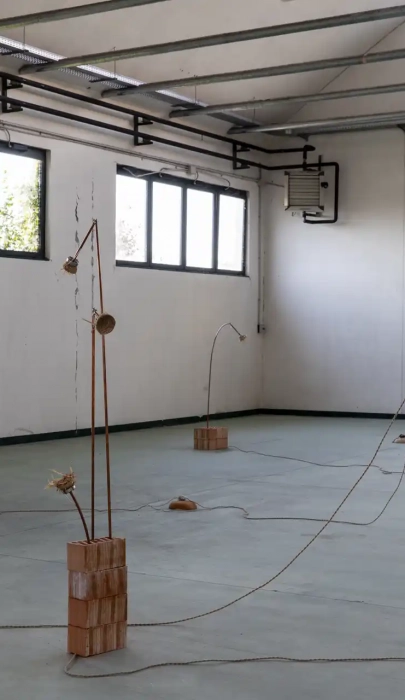
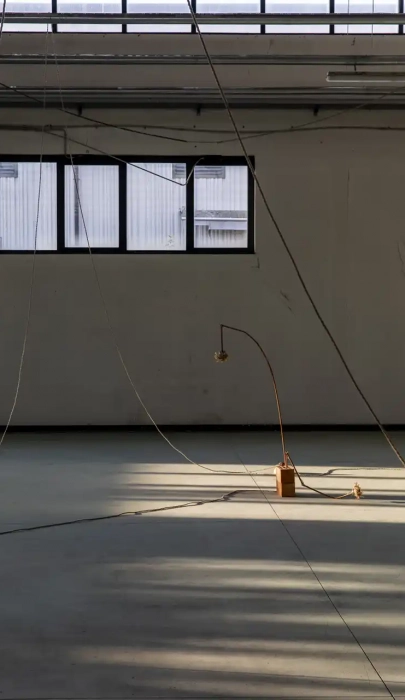
During the project, she had the opportunity to learn about the cycles of silk production, a process that relates both to the history of VFA and to her experiments with cocoon-shaped speakers. Following her visit to CREA, she handspun yarn from broken cocoons provided by the Arcane project and repurposed the yarn for the speaker structures. To create a speaker coil, the copper wire must be insulated to ensure that each loop is electrically distinct, allowing electricity to flow through the spiral. For insulation, natural materials like silk offer an excellent alternative to plastics.
As noted above, the ‘Automata’ project is an installation that engages with its surroundings through two registers: at the human scale and on the landscape scale. On one hand, the sound installation interacts with visitors, reverberating the sounds they produce; on the other, Niinikoski's project literally connects with the region's agricultural landscape by utilizing local waste products, such as plant fibers (corn leaves) and perforated silk cocoons that can no longer be used in industrial production.
While researching contemporary computational media, Niinikoski explores textile cultures. By intertwining electronics with textiles, she investigates marginalized feminine histories, their impact, and their connections to both fields. In fact, the use of silk cocoons, in particular, not only recalls the productive past of VFA but also evokes ancient gestures that transformed cocoons into threads. These gestures were predominantly feminine, as the workers in the industry were primarily exploiting girls and women.
Finally, ‘Automata’ is a site-rooted exploration intertwining cultural heritage, machinery, and nature. Through its organic and mechanical beings, it raises questions about consciousness and autonomy. Positioned between the natural and the artificial, functioning autonomously yet pre-conditioned, the installation invites us to reconsider what we define as "natural" in a world shaped by human intervention. At what point does something become artificial? Both listening and reacting, these life-like vessels operate within the mechanistic networks of flora and fauna.
Biography of Priss Niinikoski
Priss Niinikoski (b.1997) is a Finnish-French artist working with textiles beyond soft surfaces. She studied fashion at the Royal Academy of Fine Arts Antwerp and sculpture at the University of Arts Helsinki and has been recognised in both fields. She was a finalist in the 37th edition of the International Hyères Festival for Fashion, Photography, and Accessories (France, 2022). In 2024, her thesis project, Sonic mediations, was awarded the first-ever Johanna Ehrnrooth Prize by the University of Arts Foundation. Exploring the intersections of computational thinking both in textiles and electronics, Niinikoski addresses the element of ‘risk’ when operating with tools and systems. Translating her research into spatial textile works and apparatuses, she explores how frictions and traces act as forms of communication. Actively combining textiles with sonic and digital materialities, she builds on coding interactive environments and electronic textile interfaces. Her ongoing research focuses on communication, acoustics, and the interplay between digital and analogue systems, investigating how uncertainties and risks disorientate systems to new patterns and expressions.
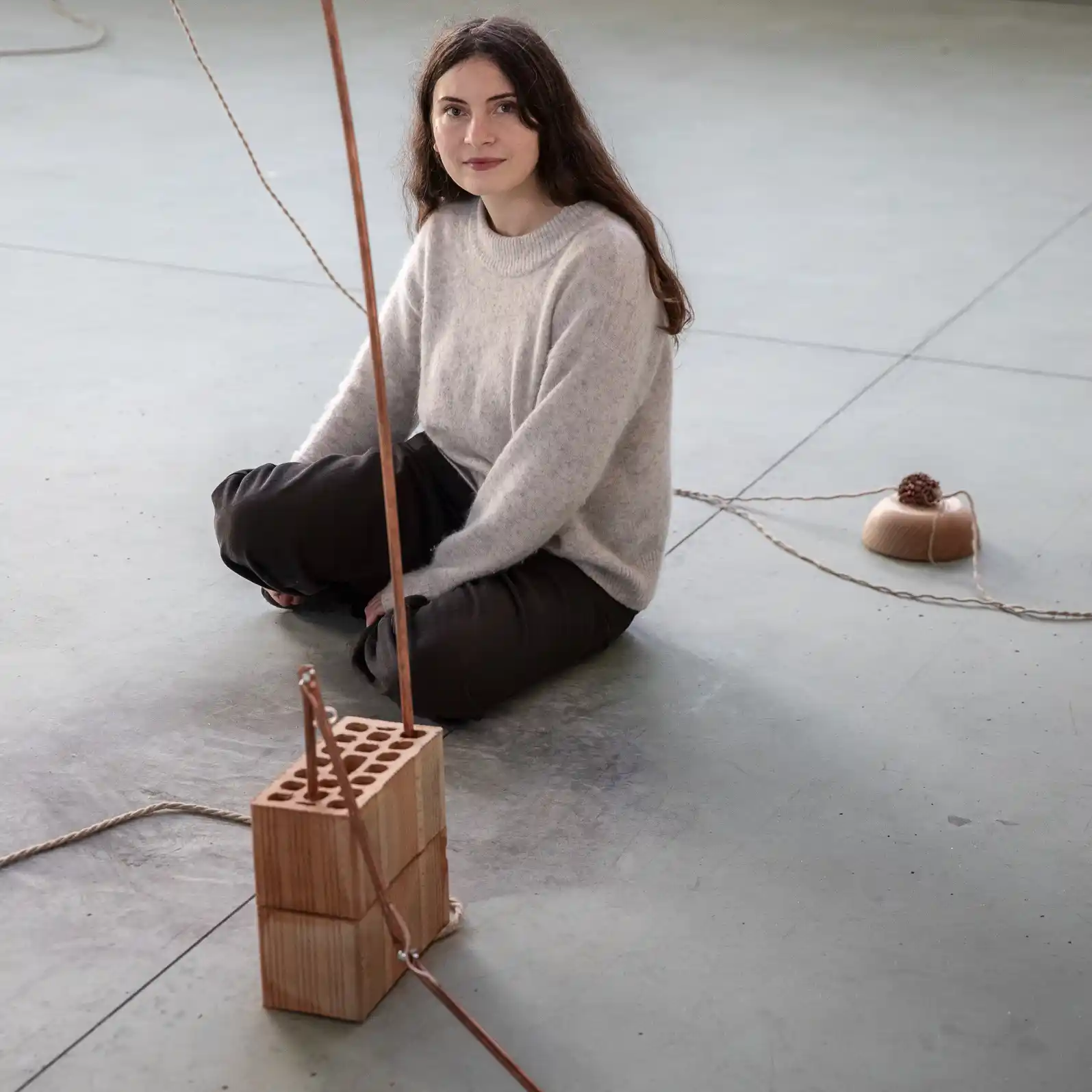
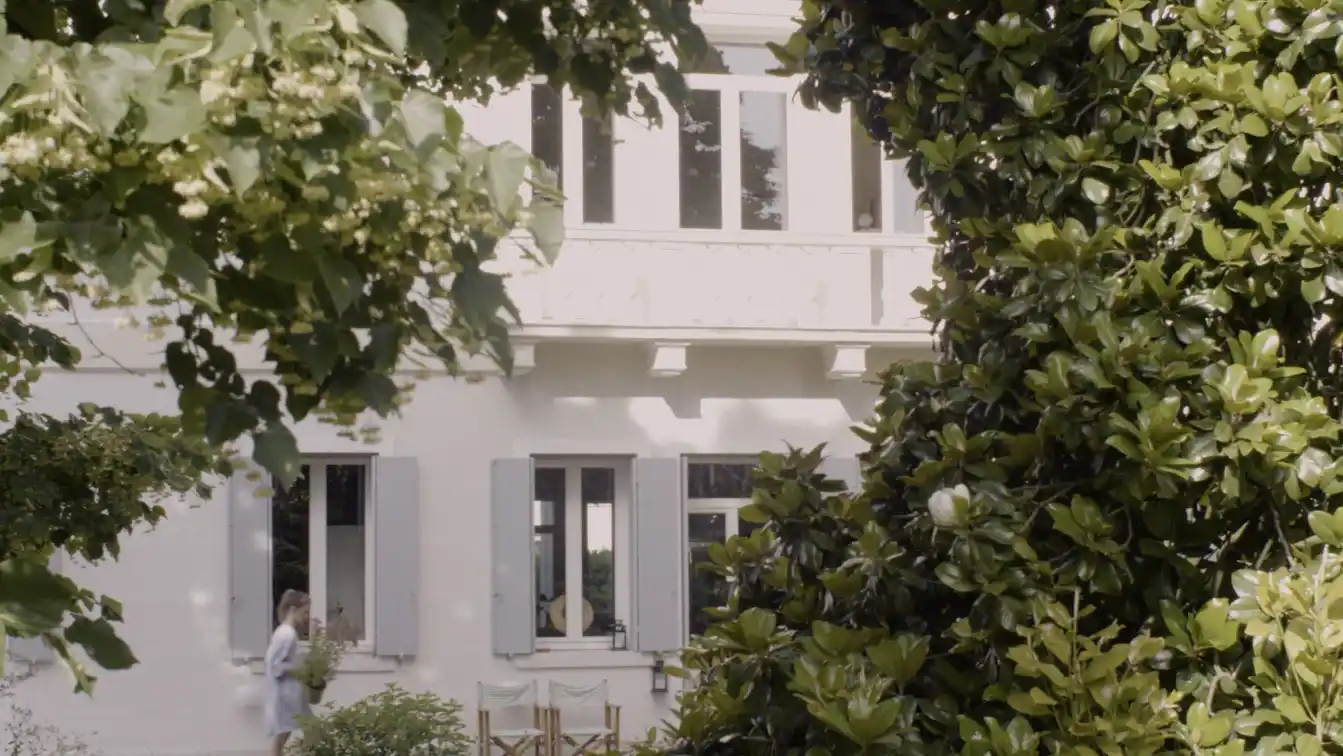
About Villa Filanda Antonini
Villa Filanda Antonini Artists Residency (VFA) is located in the historic silk mill in Lancenigo, Treviso, founded by the Antonini family around 1870. Once a facility for the production of raw silk, it is now a space dedicated to artistic production and transdisciplinary experimentation. Since 2021, VFA has welcomed artists from various disciplines and cultural professionals from around the world. During their residency, participants are invited to create projects, artworks, or site-responsive installations that incorporate the specificities of the landscape, exploring its material qualities and social and cultural heritage. To promote the work of residents, the Villa organizes events such as exhibitions, talks, and workshops. VFA is a project supported by the Arper Feltrin Foundation, a non-profit organization established by the Feltrin family, founders of the design brand Arper.
